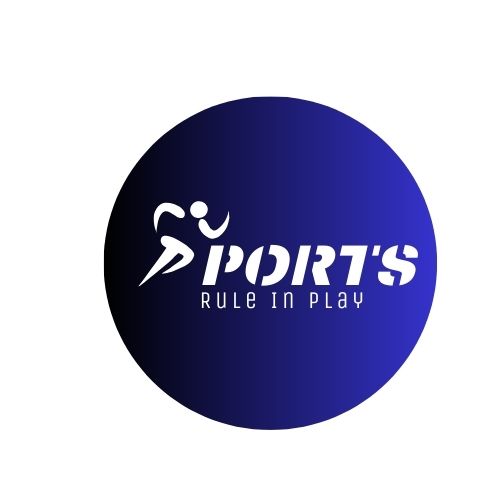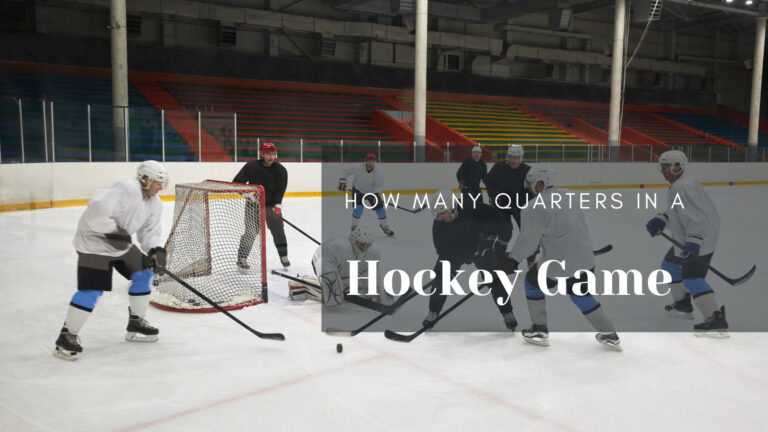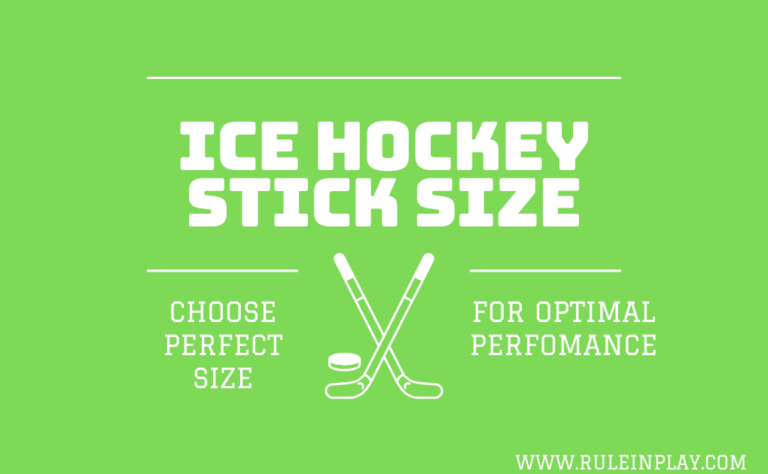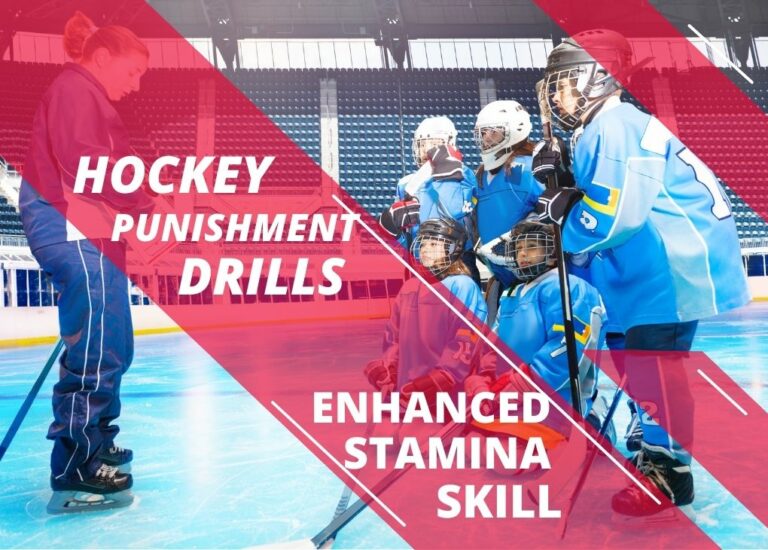What Is Offside and Icing in Hockey: 2023 Official Guide
Hockey is an exciting and fast-paced sport enjoyed by millions of fans around the world. If you’re new to the game, you might have heard terms like “offside” and “icing” being thrown around during broadcasts or games. These rules can be a bit confusing at first, but once you understand them, it enhances your hockey-watching experience. In this article, we will break down what offside and icing mean in hockey, making it easy for anyone to grasp these fundamental rules of the game. So, let’s explore “What is offside and icing in hockey.”
What Is Offside and Icing in Hockey At Glance
Offside and icing are two fundamental rules in ice hockey that help maintain the game’s integrity and fairness. Understanding and enforcing these rules is essential for players, coaches, and fans alike, as they contribute to the dynamic and strategic nature of ice hockey.
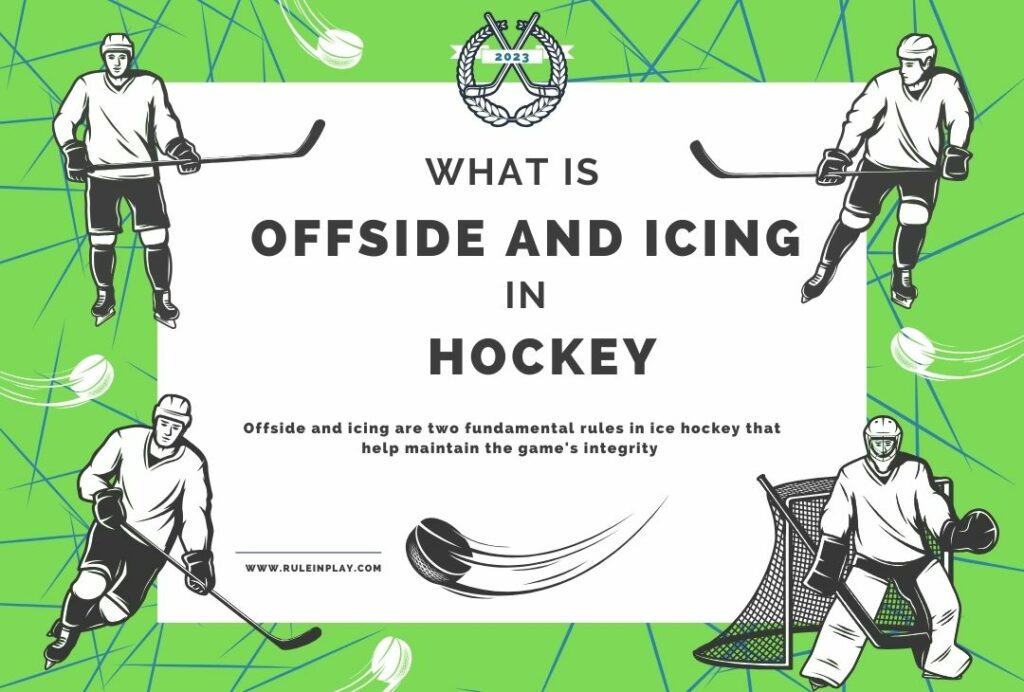
What Is Offside in Hockey
Offside in hockey is a rule that helps maintain fairness and excitement in the game. It prevents teams from gaining an unfair advantage by positioning their players in the wrong areas of the rink. In simple terms, a player is considered offside when they cross the blue line into the offensive zone before the puck does.
Offside Rule
In hockey, a player is considered “offside” when they cross the blue line into the offensive zone before the puck does. The blue line is the boundary separating the offensive and defensive zones on the rink. When the puck is carried or passed into the offensive zone, all offensive players must also be in the offensive zone before the puck crosses the blue line.
Consequences of Offside
If a player is offside, and their team gains possession of the puck while they are still in the offensive zone, the play is stopped, and the faceoff occurs in the neutral zone, which is the area between the blue lines.
Exceptions
There are exceptions to the offside rule, such as if the player is in possession of the puck and crosses the blue line before it. Additionally, there is no offside during faceoffs, when the puck is shot back into the offensive zone from the neutral zone, or when the defending team carries the puck over the blue line themselves.
The Offensive Zone
In a hockey rink, there are three main zones: the defensive zone, the neutral zone, and the offensive zone. The offensive zone is the area closest to the opponent’s net where teams try to score goals.
The Blue Line: The blue lines are two lines that divide the rink into these zones. The line separating the neutral zone from the offensive zone is called the “blue line.”
How Offside Works
Why Offside Rules Are Important
The offside rule is essential for a few reasons:
Also Read: You can also explore new games Cornhole.
What Is Icing in Hockey
Icing is another rule that helps maintain a balanced and fair game. Here’s what you need to know about icing in hockey:
Icing Rule
Icing occurs when a player shoots the puck from behind the center red line, and it crosses the opponent’s goal line without being touched by anyone. This results in a stoppage of play, and the game restarts with a faceoff in the defending team’s zone.
Consequences of Icing
The team responsible for icing the puck is not allowed to make any line changes before the faceoff, giving the opposing team an advantage. Icing is often used as a defensive tactic when a team is under pressure and wants to relieve it by sending the puck down the ice.
Exceptions
There are some situations where icing is not called, such as when a team is shorthanded due to a penalty or during a delayed penalty situation. In these cases, players are allowed to ice the puck without the usual consequences.
Why Does Icing Exist?
Icing serves several purposes in hockey:
How Does Icing Impact the Game?
Icing can have a significant impact on the outcome of a hockey game:
Wrapping Up
Understanding the offside and icing rules in hockey is essential for both players and fans. These rules ensure that the game is played fairly and remains exciting to watch. In summary, offside is about players crossing the blue line before the puck, while icing is the act of shooting the puck from behind the center red line to the opponent’s goal line without anyone touching it.
As you continue to follow and enjoy hockey, remember that these rules add an extra layer of strategy and excitement to the game. Whether you’re an 8th grader just starting to explore the world of hockey or a seasoned fan, knowing the ins and outs of offside and icing will help you appreciate this thrilling sport even more.
